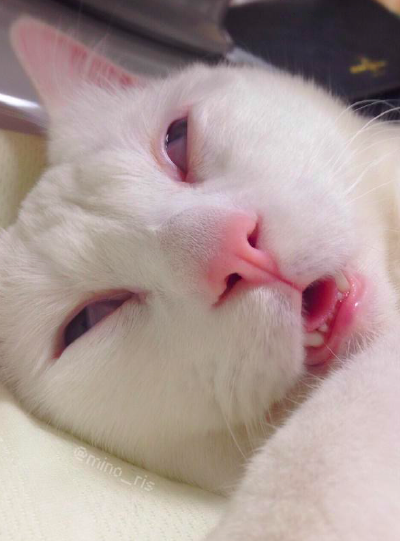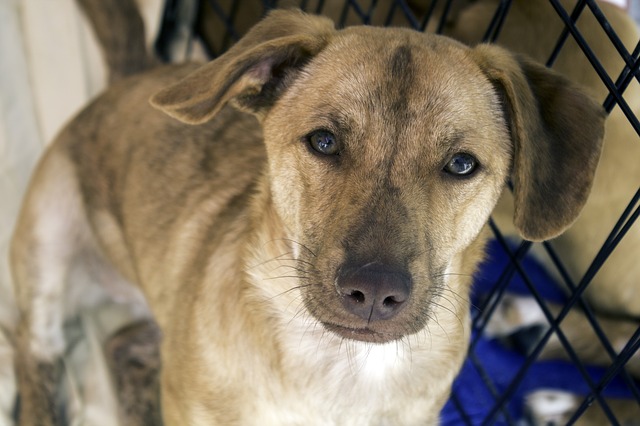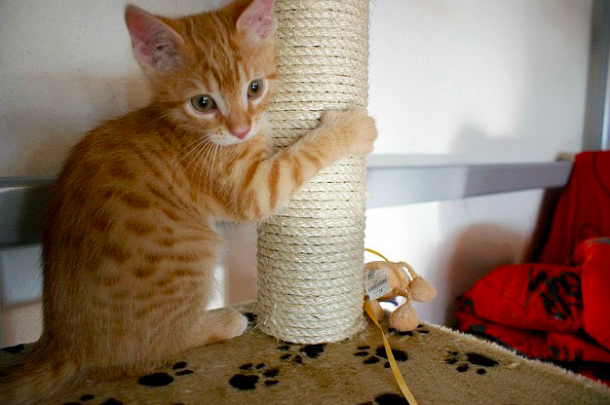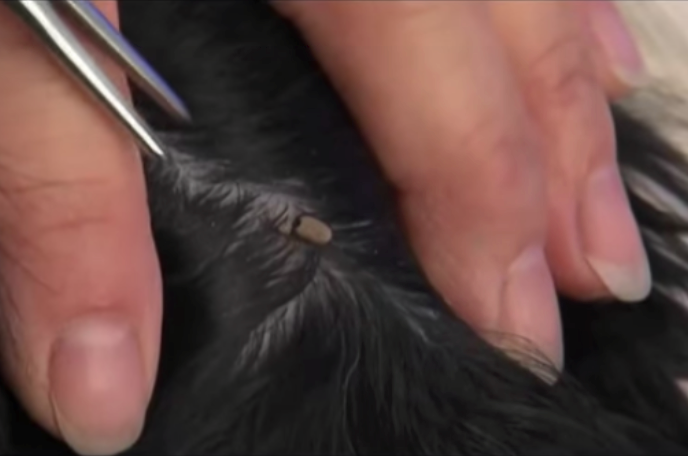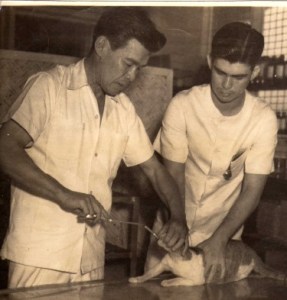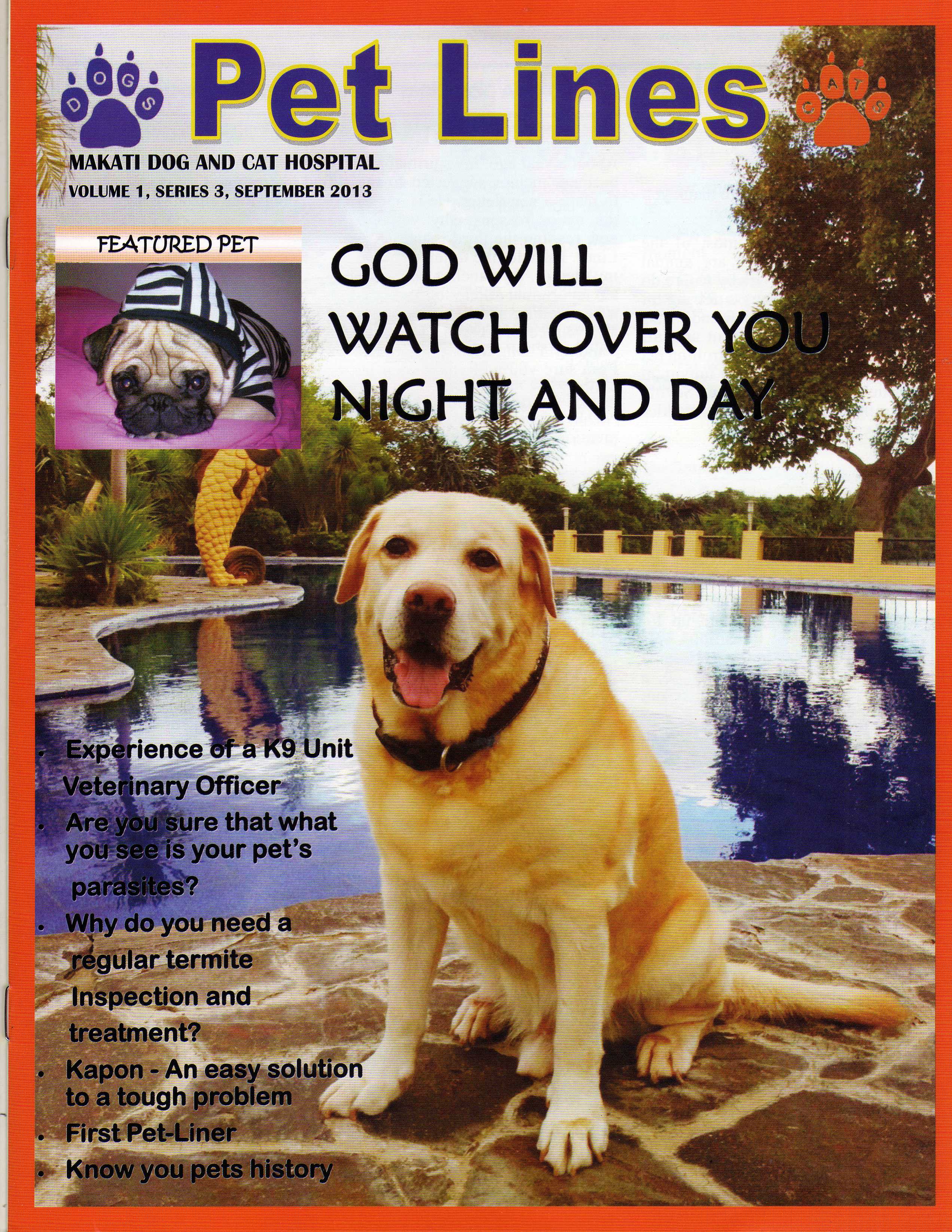

Greetings to all! In this article I would like to discuss creating a pet first aid kit
A first aid kit is a must have for every home and for every family. In recent years the first aid kit has evolved from being a small compact item to very specialised and customised kit that holds the latest in emergency medical supplies.
Your pet first aid kit is just another specialised or customised kit meant for use with your companion animal for day to day emergencies or disaster events.
It is also important to remember that as with human first aid administering first aid to your pets and other animals is meant to be an initial treatment or intervention only.
It is still very much recommended that you still seek the advice and treatment from a Veterinarian.
There are several sources online where you can find the items recommended that should be included in a typical pet first aid kit but the decision to acquire those items is always dependent on the kind of pet you have, their unique or specific needs, and availability of those items or their equivalent in your location. I have included the most common items needed to get you started
To start, here are a few basic concepts to remember when building or buying your pet first aid kit:
The kit should be a durable, light, easy to carry / transport and preferably water proof container.
Remember that most medical supplies and medications are sensitive to heat, light, and moisture. The kit must be able to give sufficient protection to these items until you are ready to use them in an emergency
Learn first aid for your pets from your veterinarian or a local animal welfare group. Learn what to do when an injury or illness happens to your pet. Learn to recognise signs and symptoms that can be observed from your pet and how to treat them.
Ask your Veterinarian for animal specific medications that you can put in your pet first aid kit or its human medicine equivalent. Also ask the correct dosage and frequency for each medication for your pet and how to give or administer it to your pet.
Learn how to use the tools or equipment in your pet first aid kit but also learn how to use common everyday items to assist you. For example use curtain rods and a blanket or towel to make a stretcher, cardboard or wooden planks for splints, clean rags for bandages and dressings etc. You can also learn how to make Saline Solution or Disinfecting Liquids

For the pet’s first aid kit contents here is a simple list to start with:
Medical Supplies – these items are normally clean or sterile and are packaged to assure this. Most of these items are also considered consumable as they are normally for single use only unless otherwise indicated.
- Adhesive Tape – Cloth tape or Surgical tape to keep wound dressings in place, Duct Tape can also work but be careful that the adhesive side doesn’t stick to too much of your pet’s fur as it would be painful to peel off.
- Elastic Bandage – An alternative to Gauze Roller Bandage can hold dressings more firmly and can be reused after washing.
- Antibiotic Cream – for disinfecting small cuts and wounds
- Gauze Pads (Various Sizes) – Used to dress/cover wounds. I also recommend using this together with antiseptics to wash and clean wounds instead of cotton balls as it tends to leave fibres in the wound. But if this seems to be an expensive option then cotton is a good second option. If you only have a few size options to choose from get the larger sizes. You can always cut them to a smaller size with the scissors
- Gauze Roller Bandage – Used to dress wounds on your pet’s extremities (legs or tail) or used for packing into puncture wounds or deep, penetrating wounds with heavy bleeding or used as a bandage to hold dressings in place.
- Sterile Saline Eye Solution – You can either get this in a dropper bottle or prepare your own saline solution and place it in a similar bottle or a squeeze bottle with an adjustable nozzle.
- Povidone Iodine – used to disinfect wounds Can also be used in disinfecting water for cleaning or drinking (CAUTION: Make sure you know the right amount to use)
- Alcohol or Liquid Disinfectant – can be used to wash dirt and toxins from your pet’s body and yourself. Can also be used to disinfect other tools and instruments.
Tools and Instruments – these items are used to help diagnose your pets, or help to manage common ailments and injuries. Make sure you know how to use these items on your pet safely.
- Towels – Used to keep your pet warm, helps to control pets that are stressed out or scared, can be used as a muzzle, and can also be used as a bed liner or sleeping pad.
- Disposable Razor – Used for shaving fur around wound areas for cleaning and to apply disinfectant and place dressings and bandages
- Scissors – Used for cutting gauze and bandage materials, cutting away fur around wound areas, opening medical supply and medication packaging. If you can, try to look for Power Scissors or EMT Shears
- Syringe – Used for giving liquid medications orally, for giving milk to puppies or kittens, for washing away debris from eyes, for washing away dirt and debris from wounds. Get one medium and large sized one
- Tongue Depressors – Used to examine the tongue and mouth area, can be used as a splint for small dogs and cats,
- Tweezers – Used to remove small objects imbedded in your pets body and can also be used to help remove ticks, fleas and other similar parasites.
- Small Flashlight – Used for examining your pet’s eyes and wounds. Can be used during emergencies in the dark. You may already have one on your person or in your pet disaster kit so the one in your first aid kit can be a backup.
- Garbage Bags or Small plastic bags – can be used to wrap your pet’s paws/feet if they become injured. You can also use them to dispose of medical wastes (opened packaging, soiled dressings, infectious materials, etc.)
- First Aid Book for Pets – I recommend you read this before an emergency or disaster occurs to put you in the proper mindset when it happens.
Medications – As with human first aid kits there will always be a set of medications to cover common day to day emergencies as well as anticipated injuries and illnesses during disasters. The same goes for your pet first aid kit. However, it is very important to remember that some human medicines can be harmful to our pets so it is important to ask your veterinarian the right medications that are appropriate for animals, the correct dosage and frequency of use for your pet, and its equivalent human medicine counterpart if any.

The medications you should normally include in your pet first aid kit are:
Pain Medication
Anti -Diarrhea
Poisoning Medication
Antibiotics
Prescription / Maintenance
Medication
As with human emergencies, first aid is meant to be a bridge between the victim and a doctor so pet first aid is meant to help treat minor injuries and to also help manage more critical injuries until you can bring your pet to a Veterinarian for complete treatment.
As a pet owner you are responsible for your pet’s health and well-being. In emergencies and disasters you are your pet’s First Responder and must be knowledgeable and equipped with what is needed to treat or manage your pet’s injuries and illness until they can brought to more advanced care facilities and the attention of a Veterinarian.
Thank you for reading my article and I hope to hear any suggestions and comments that you have.
Have a Good Day and Stay Safe!
This article can be found on http://www.emergency-live.com/en on http://paranaquevetclinic.com/ and on http://makatidogandcathospital.com/
by: Benedict de Borja
 r? In a way, I’d like to say that God pointed out the clues for us to find them, 100 percent free. The largest of the pack, Luciano “Pav” Pavarotti, our Labrador whose barks send out the highest decibels, was a dog that had to find a new home. Bought from Cartimar by parents of a four-year-old girl, it was only later on that she developed asthma. The “up-for-adoption” message about Pav was posted on Facebook in February by our dog trainer friend and we inquired. Even without a certificate, we were happy to have him a few days later. We were more than thrilled to have a very behaved and disciplined dog in contrast to the rather fierce but loveable and loyal aspin we had adopted earlier.
r? In a way, I’d like to say that God pointed out the clues for us to find them, 100 percent free. The largest of the pack, Luciano “Pav” Pavarotti, our Labrador whose barks send out the highest decibels, was a dog that had to find a new home. Bought from Cartimar by parents of a four-year-old girl, it was only later on that she developed asthma. The “up-for-adoption” message about Pav was posted on Facebook in February by our dog trainer friend and we inquired. Even without a certificate, we were happy to have him a few days later. We were more than thrilled to have a very behaved and disciplined dog in contrast to the rather fierce but loveable and loyal aspin we had adopted earlier. . Axl’s temperament is very playful. He grabs whatever attention he can get. Whether from the front or from behind, he always jump on you when the opportunity presents itself.
. Axl’s temperament is very playful. He grabs whatever attention he can get. Whether from the front or from behind, he always jump on you when the opportunity presents itself. be animal hoarding. Just watch Animal Hoarders on the BIO channel!
be animal hoarding. Just watch Animal Hoarders on the BIO channel!
